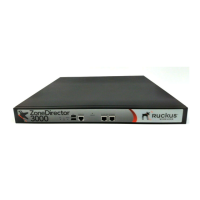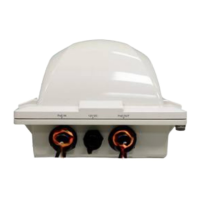What to do if Ruckus Wireless Control Unit has no APs with matching radio type?
- CCarolyn MckenzieAug 9, 2025
If you are experiencing this issue with your Ruckus Wireless Control Unit, place additional wired APs or Mesh APs that use the same radio type near this AP.




